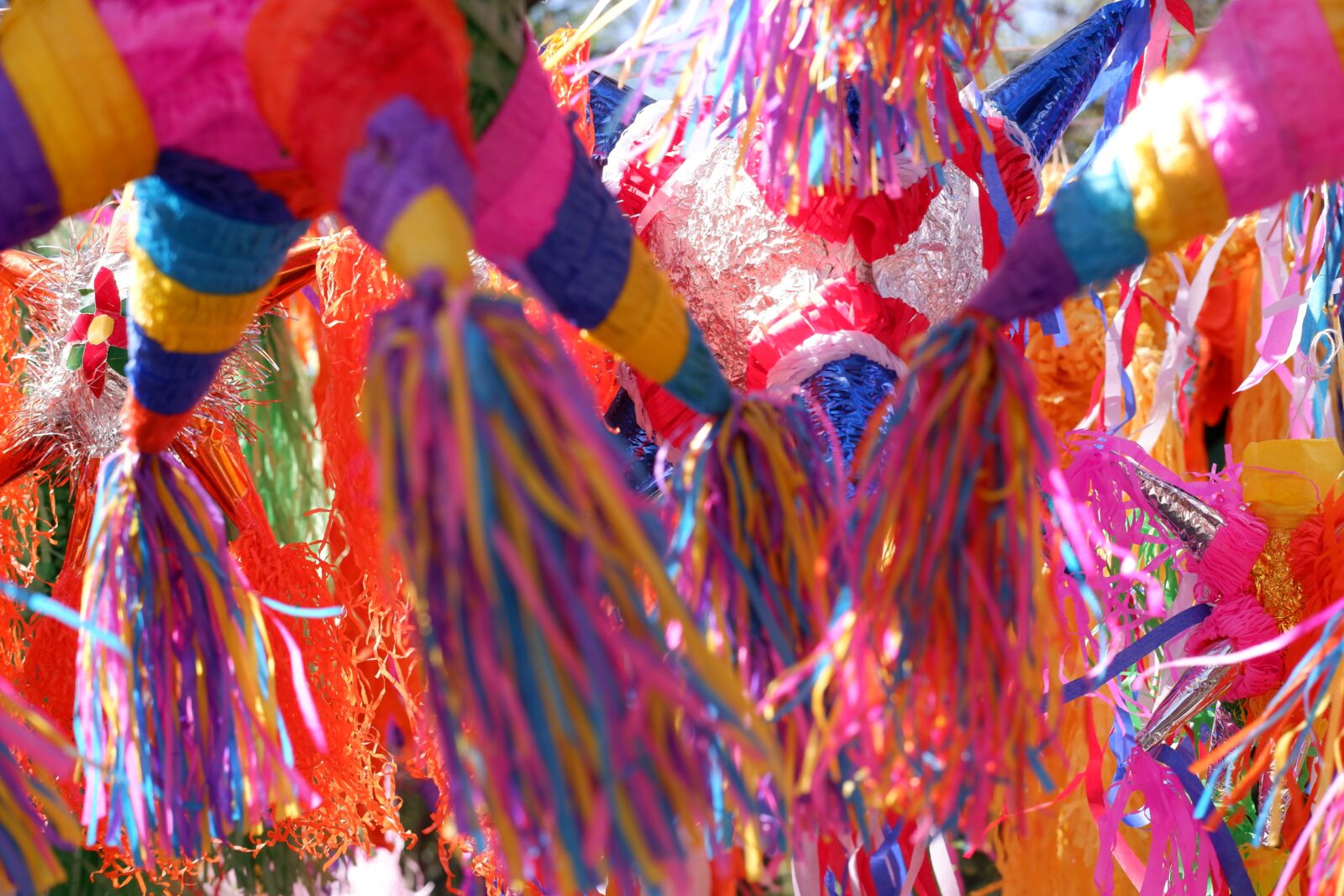From Christmas to birthdays, piñatas have been a staple in Latin American celebrations. It’s a beautiful tradition which brings in close friends and family, who then try to ‘break’ a papier-mâché figure to get to the delicious rewards hidden inside. But where did this simple tradition come from?


There is speculation about exactly where the piñata was said to originate from, but what is known is that traditions like the piñata were being practiced on two opposite ends of the world. Around the 14th century, China was known for having a piñata celebration on their New Year. They would begin by building papier-mâché into the shape of an animal (typically an ox or a cow), which was then covered in bright colored paper meant to bring a favorable climate for growing food in the coming months. It was then filled with various types of seeds that when burst open, were then burned for good luck. It is theorized that Marco Polo brought this tradition back to Europe. This is likely where the name piñata came from, as Spain and Italy began using a clay pot, or a pignata as it’s called, instead of papier-mâché. The clay pot would then be furnished with bright colored ribbons and tinsel.


It is said that soldiers would attempt to hit the pot with their swords while blindfolded. During this time, the piñata began becoming intertwined with Christian practices as well, but more specifically when observing Lent. On the first Sunday of Lent, also known as Quadragesima Sunday, they began doing what is known as the Dance of the Piñata.
During this time, the Mayans were already following their own piñata tradition. For the Mayans, the winter solstice was an important time as it signified the birthday of one of their most important patron gods, Huitzilopochtli. Huitzilopochtli was the god of the sun, and was responsible for chasing away his angry siblings, the moon and the stars, according to Mayan mythology, so it was important to provide tribute to him. Part of this was by using a piñata in a very similar way to the Europeans, with a clay pot decorated with bright feathers and whacked with a stick while blindfolded. Once open, the candies or the fruits inside would fall at Huitzilopochtli’s feet.
Following the landing of the Spanish in the 16th century, the Christian missionaries noticed that both cultures celebrated a holiday around the same time and performed a familiar ritual in the piñata. Thus, began the push from the missionaries to convert the Mayan people to Christianity. Instead of the Mayan celebrating the birthday of Huitzilopochtli, the missionaries co-opted the holiday to the tradition of Las Posadas, which is still practiced today. Changes like this are even evident in the Piñata.

There are actually many religious roots embedded into the classic styled piñata. The classic piñata, which usually consists of a brightly colored star with several spikes attached, is meant to represent all the evils Christians face because of the Devil. Almost all aspects of the celebration have a religious meaning: the bright color shows the temptation of the Devil, the seven spikes represent the seven deadly sins, the blindfold illustrates faith in God, and the stick demonstrates the will to resist. With the candies at the end to show the rewards of Heaven or God.
It is worth noting however, that much of the religious significance that was attached to the piñata has been lost over time. Many Latinx people instead opt to use the piñata as the celebration tool it has always been for hundreds of years. It has become a staple for children’s birthday parties and holiday celebrations. In more modern years, the shape of the piñata has also changed from the traditional style, with many people making them popular superheroes or animal shapes. They have become so popular that there is a common term in Mexico, Cartoneria, which itself refers to a type of handcraft working with piñatas and other papier-mâché crafts.

Over the years, the piñata has not just stayed in Mexico. The usage of it has spread to multiple cities in outside countries. The most notable of which are Sainte-Catherine, Quebec, Canada, and New York, United States. These cities hold two World Records for piñatas, the former holds the largest display of piñatas in the world, totaling at over 1,100 homemade. New York, meanwhile, is currently the holder of the biggest piñata in the world, made into the shape of an orange M&M standing on a birthday cake, with the dimensions being 47 feet high, 68 feet long, and 37 feet wide.
Though the piñata may not have originated in Mexico, over the hundreds of years it has become a staple for most, if not all, Latin celebrations.

Participate in the
Inaugural Long Beach International Tamales Festival Piñata Contest
References
https://www.guinnessworldrecords.com/world-records/largest-pi%C3%B1ata-(pinata)
https://www.mexconnect.com/articles/459-history-of-the-pinata/
https://www.library.pima.gov/content/pinata-origin-of/
https://nationaltoday.com/pinata-day/
https://www.backthenhistory.com/articles/the-history-of-the-pinata



